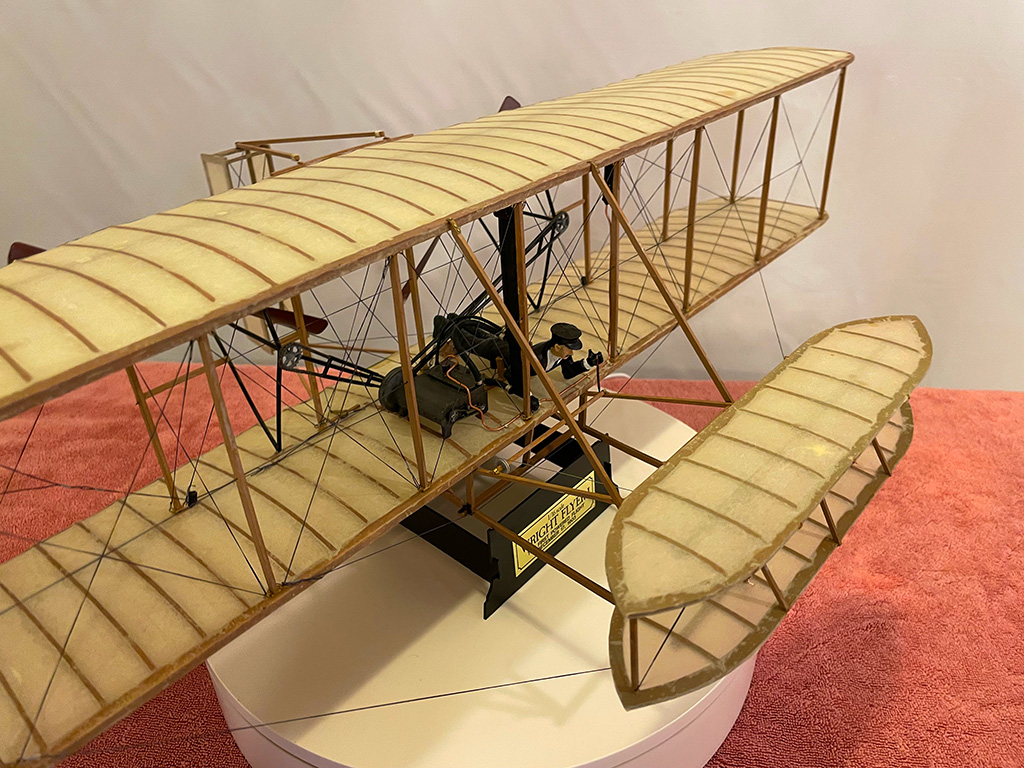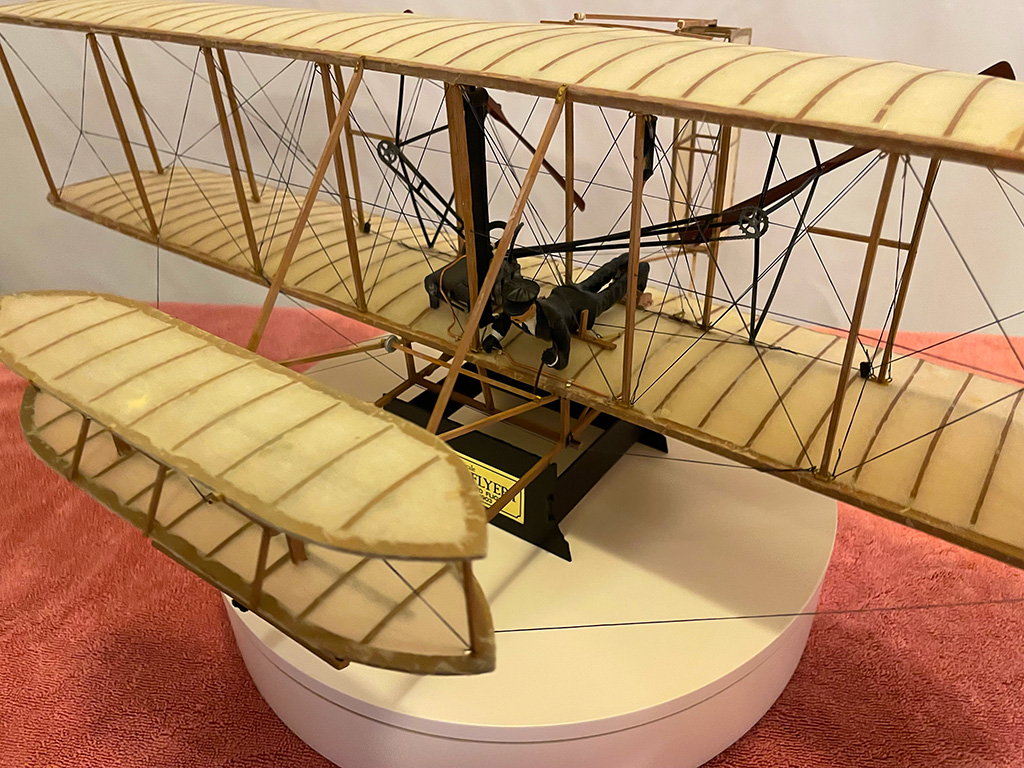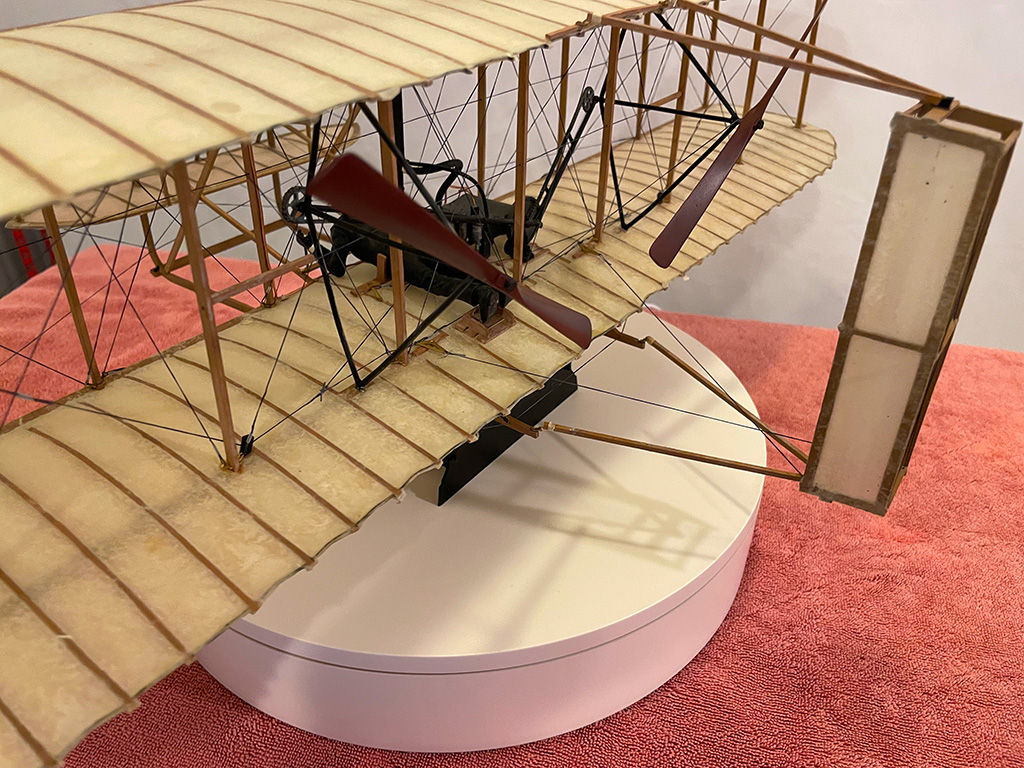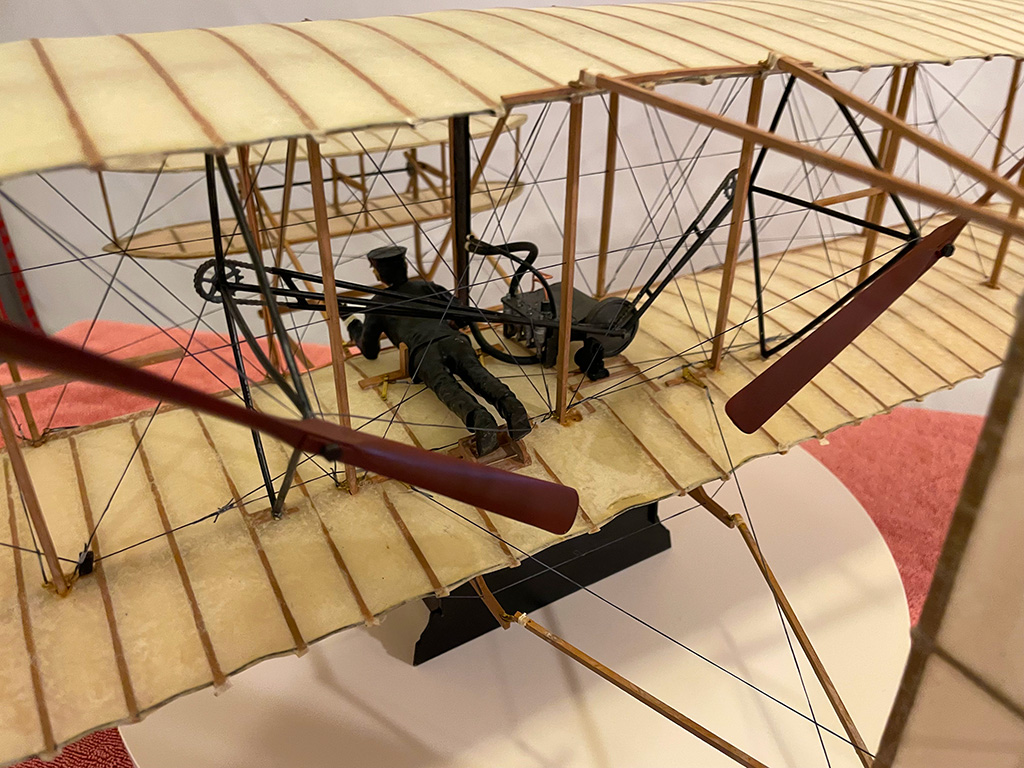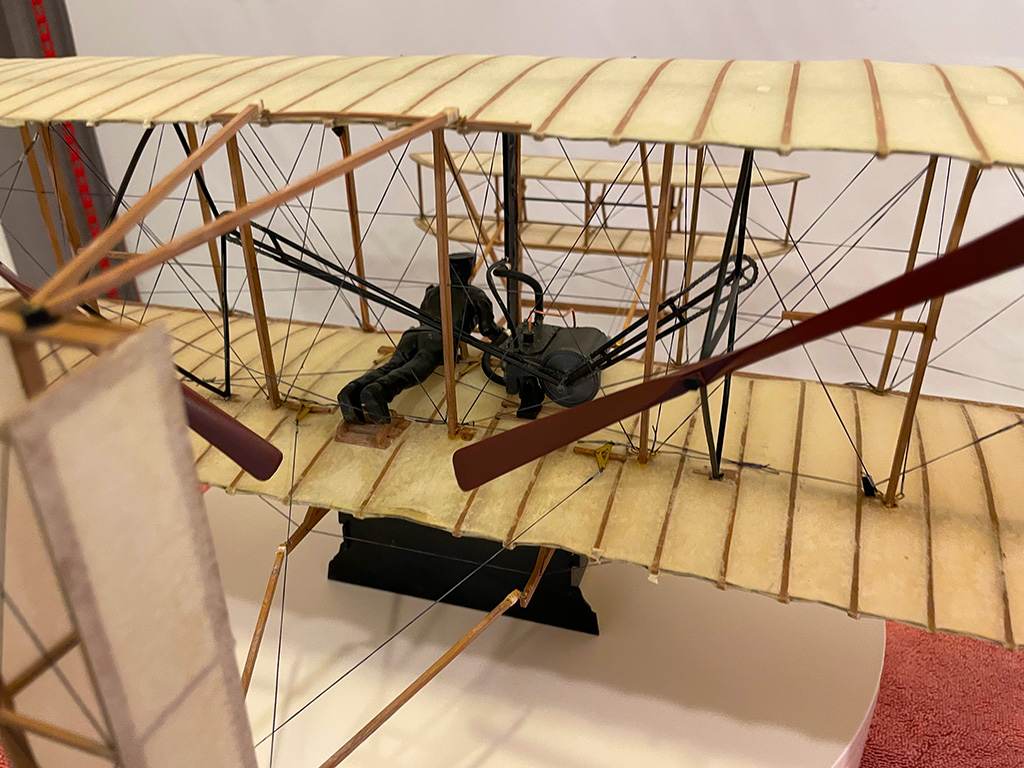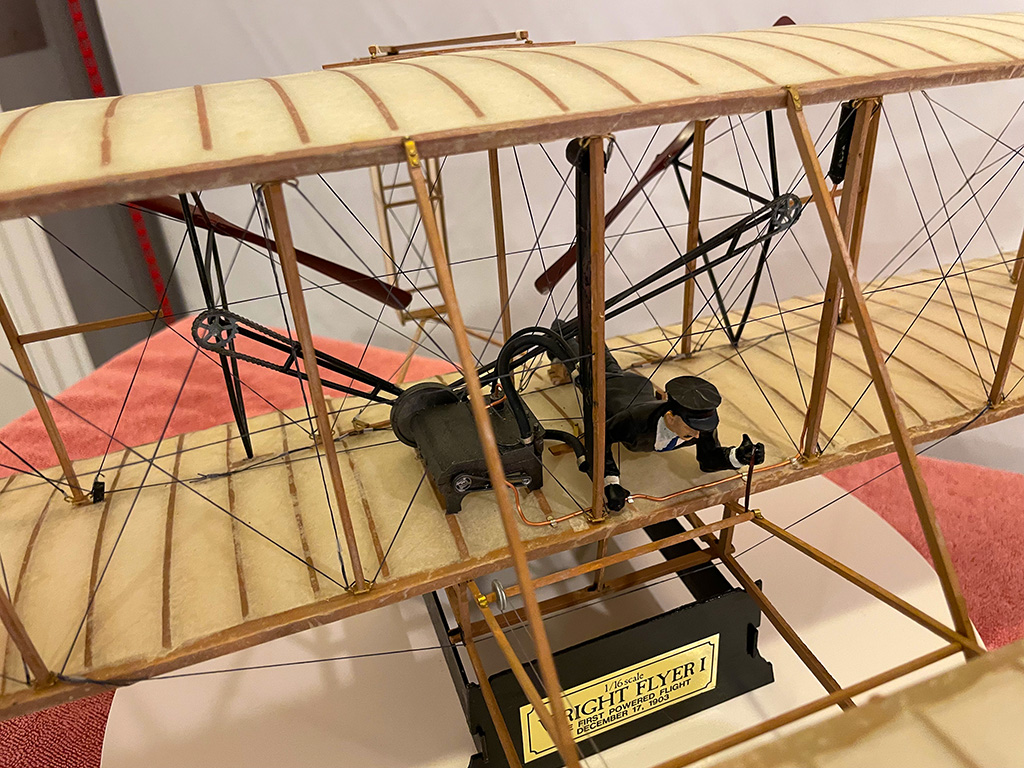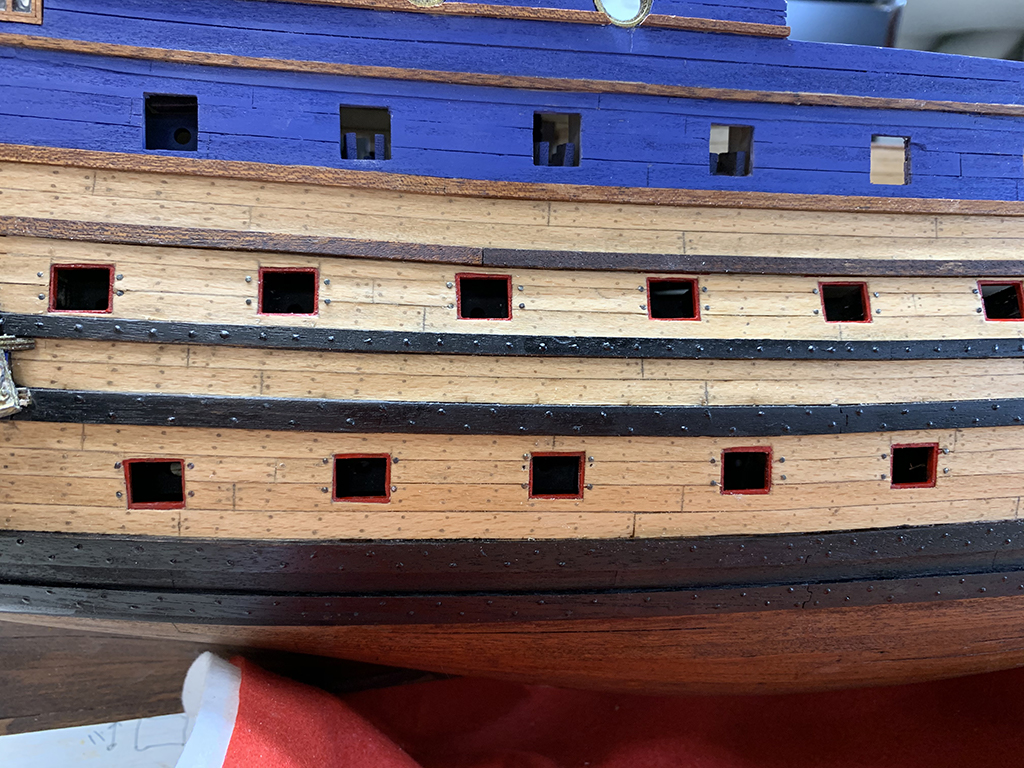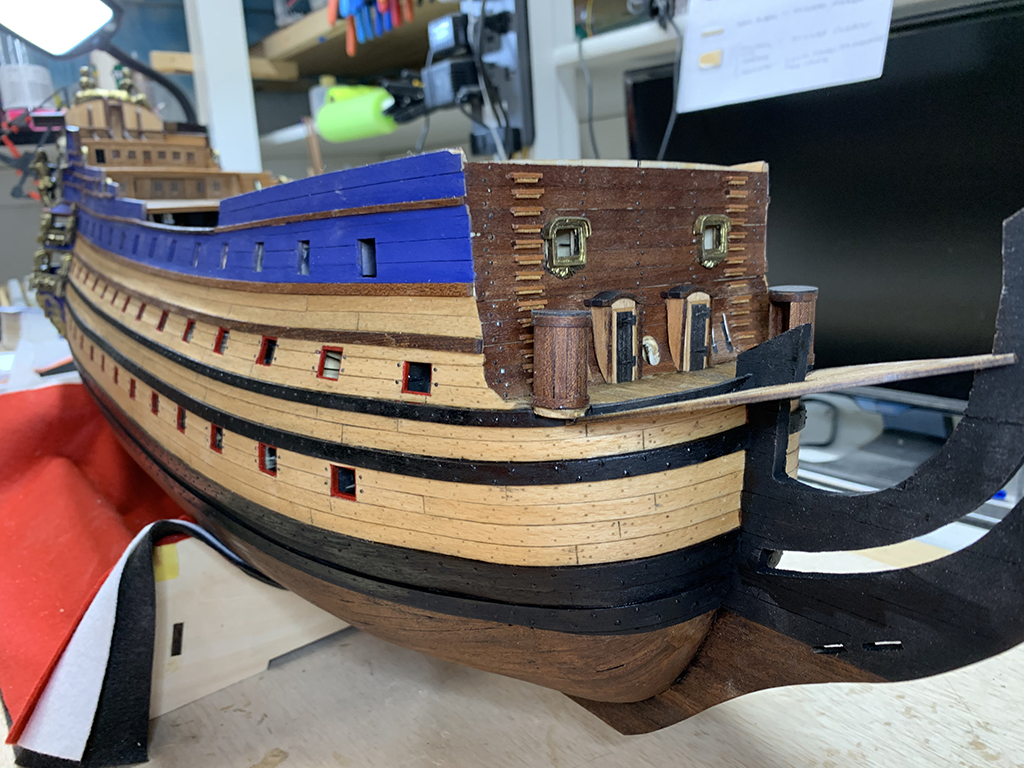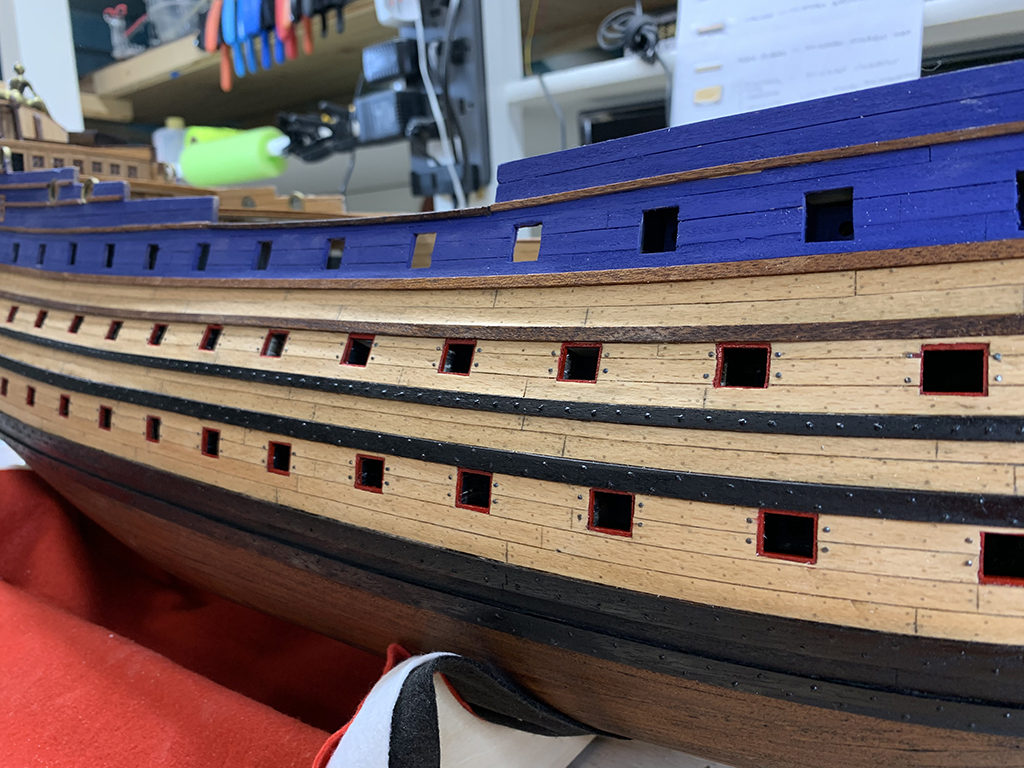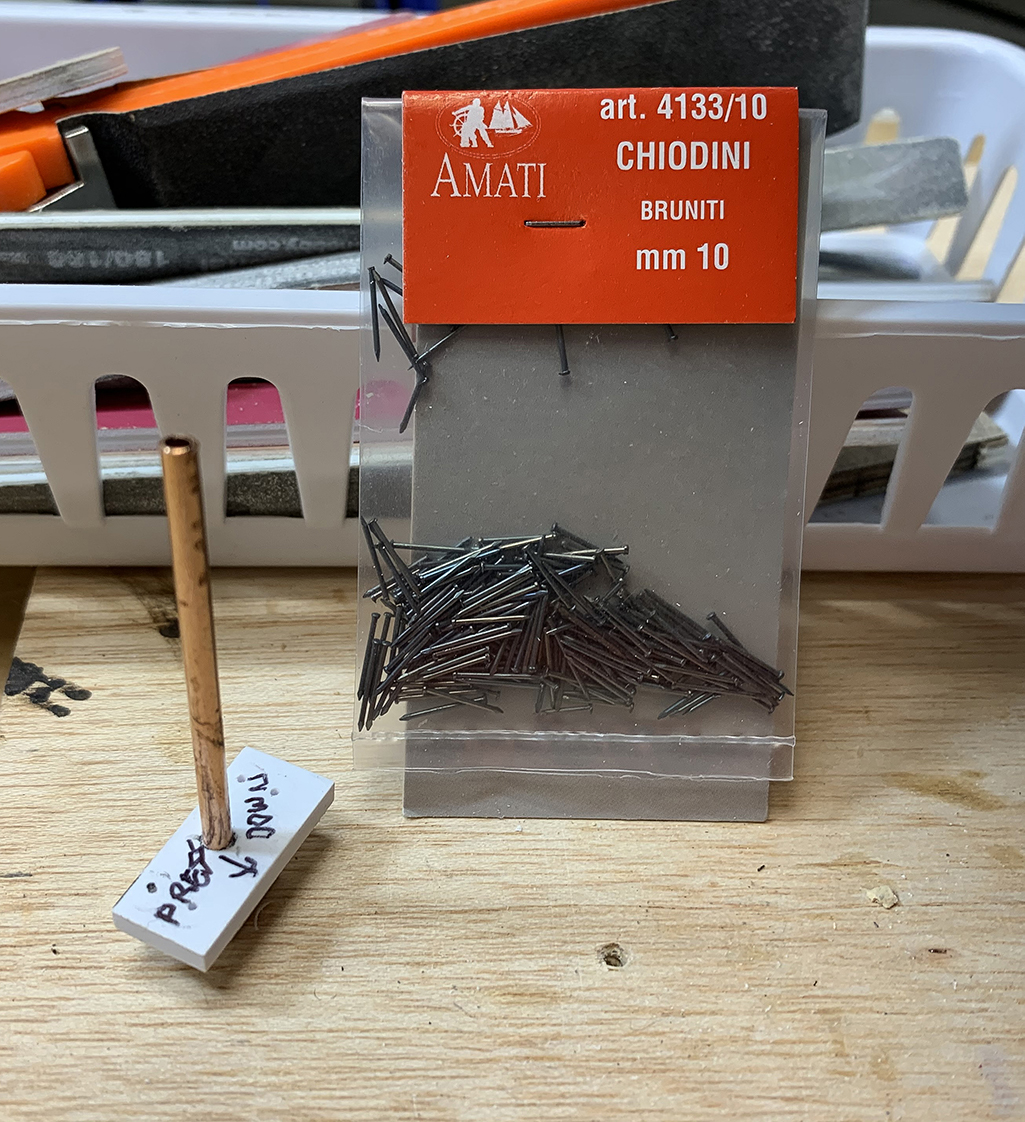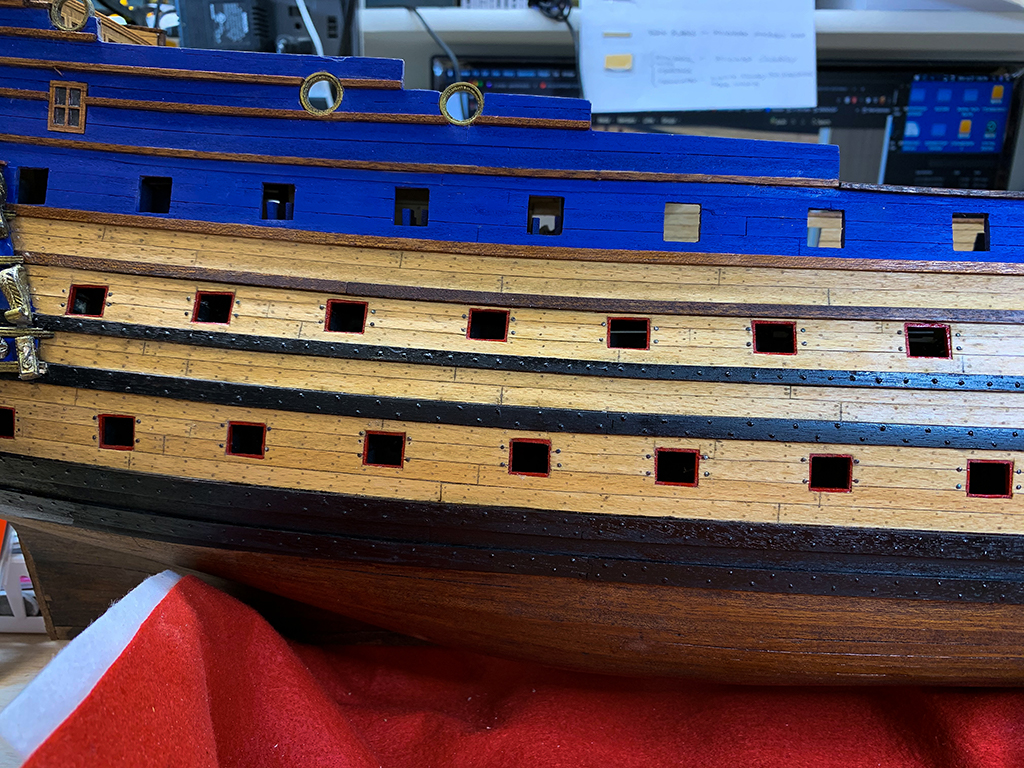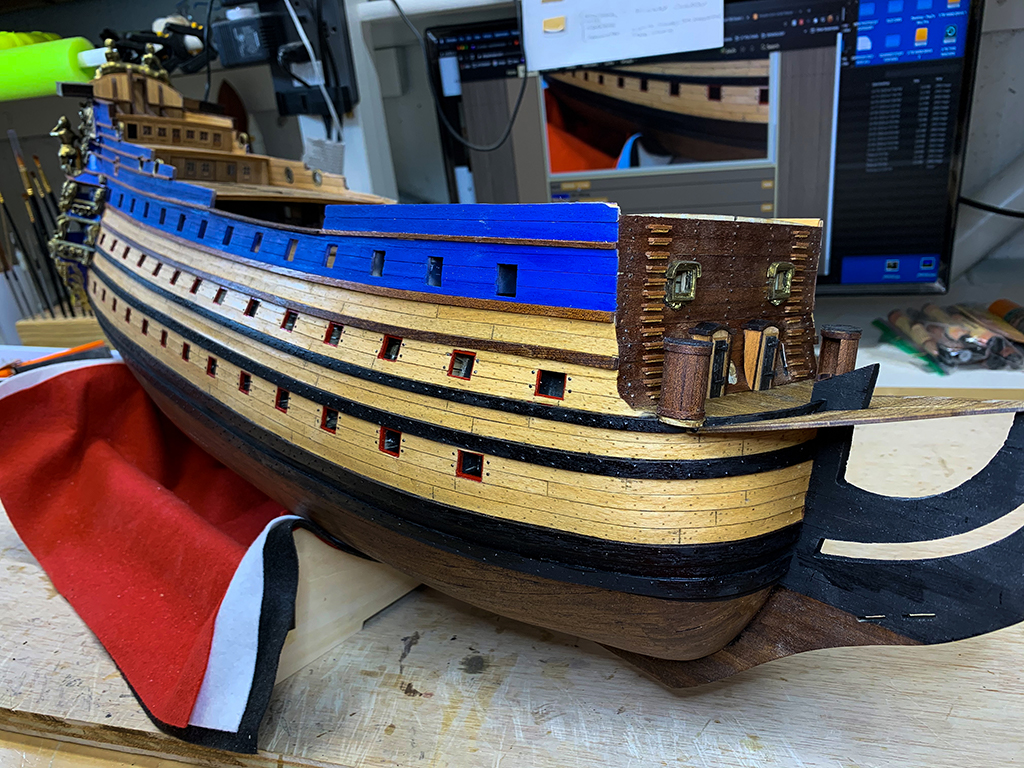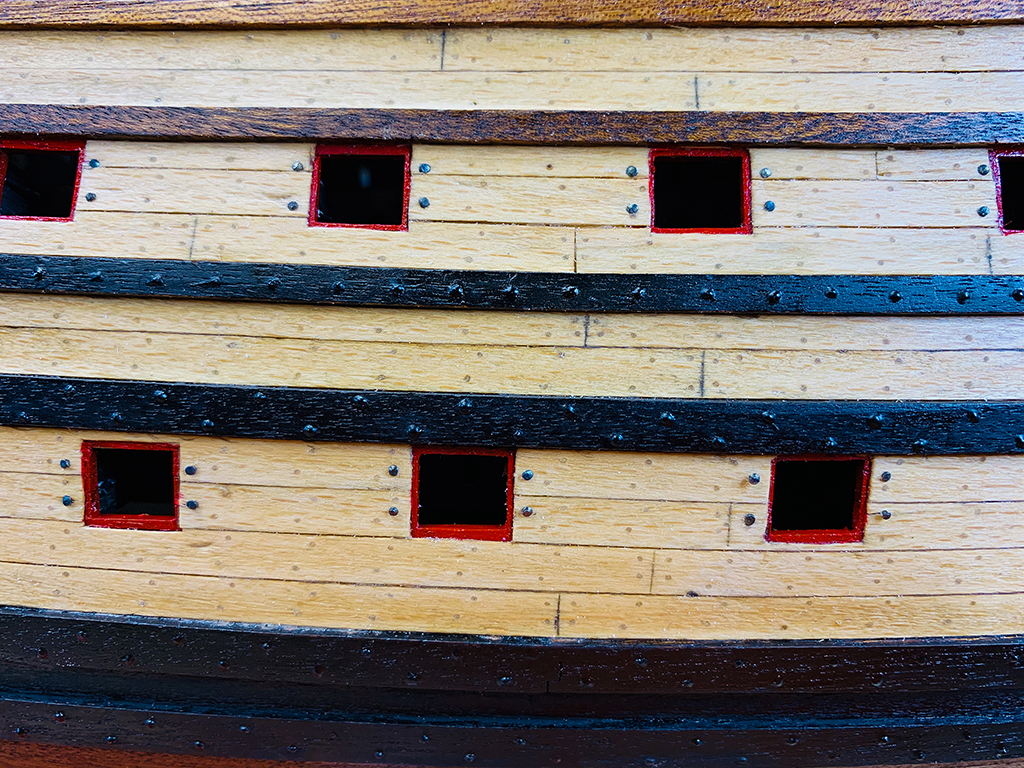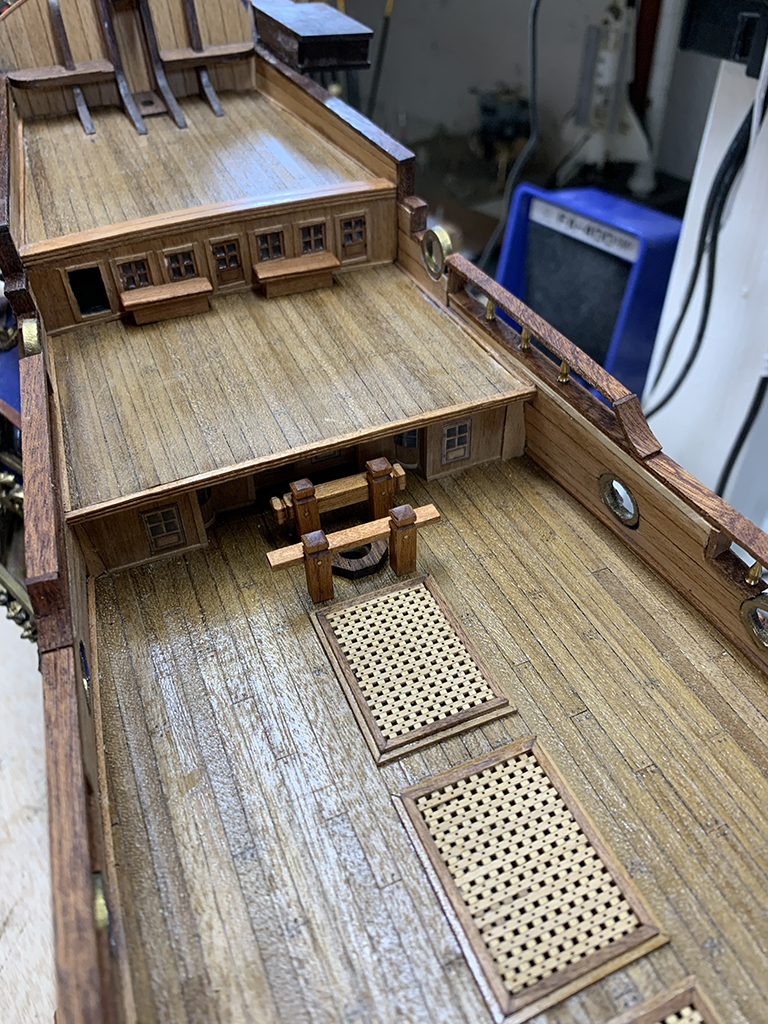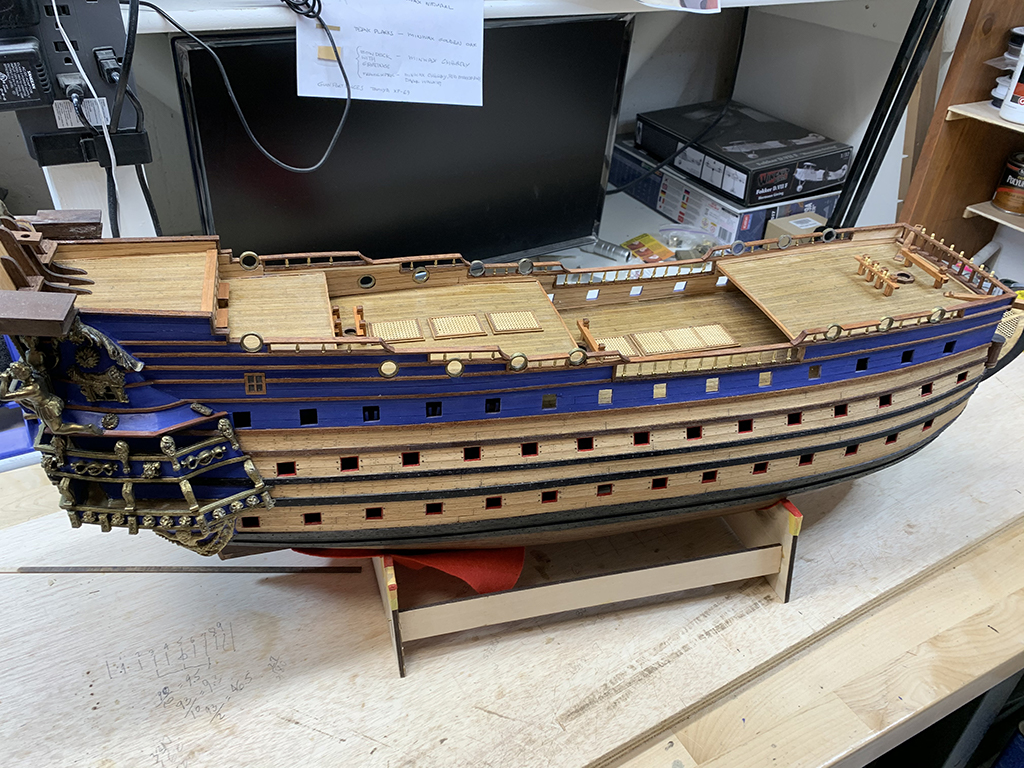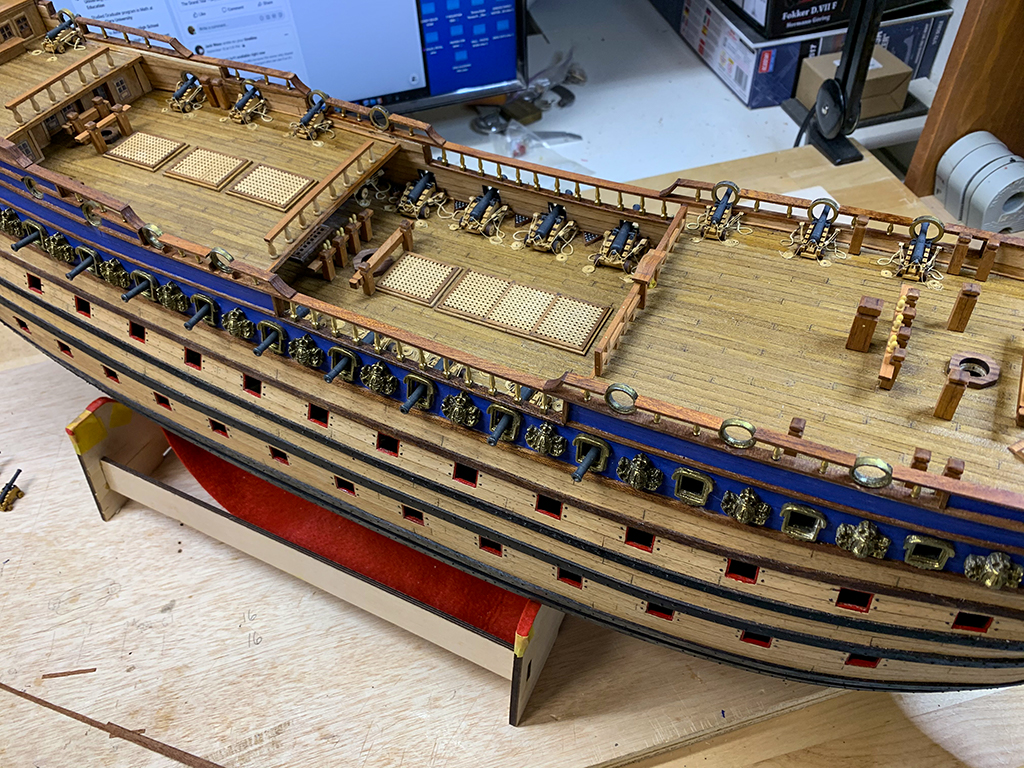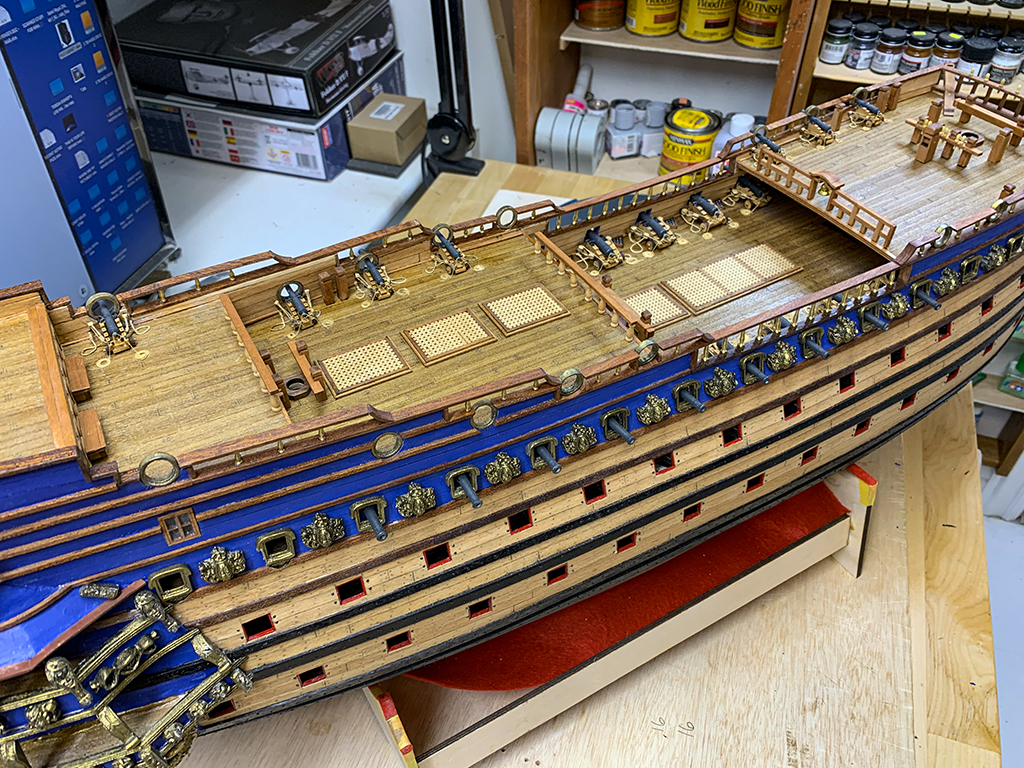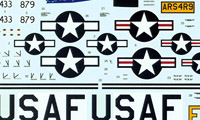5/7/2023 I've just started this 1/16 scale model of the Wright Flyer by Hasegawa. It's part of their Museum Model Series; in the past I've built their 1/16 Sopwith Camel (fantastic model). This model is now qjite expensive, I purchased it several years ago. As I recall it came from the aeronautics department of a univeristy back east. They evedentely ordered it, but never got around to building it – good for me! The kit consists of parts made of metal, plastic and wood and is very nicely presented with great instructions.
The Wright Flyer (also known as the Kitty Hawk, Flyer I or the 1903 Flyer) made the first sustained flight by a manned heavier-than-air powered and controlled aircraft—an airplane—on December 17, 1903. Invented and flown by brothers Orville and Wilbur Wright, it marked the beginning of the pioneer era of aviation.
The aircraft is a single-place biplane design with anhedral (drooping) wings, front elevator (a canard) and rear rudder. It used a 12 horsepower gasoline engine powering two pusher propellers. Employing 'wing warping' it was relatively unstable and very difficult to fly.
The Wright brothers flew it four times in a location now part of the town of Kill Devil Hills, about 4 miles (6 kilometers) south of Kitty Hawk, North Carolina. The airplane flew 852 ft (260 m) on its fourth and final flight, but was damaged on landing, and minutes later powerful gusts blew it over, wrecking it.
The aircraft never flew again but was shipped home and subsequently restored by Orville. The aircraft was initially displayed in a place of honor at the London Science Museum until 1948 when the resolution of an acrimonious priority dispute finally allowed it to be displayed in the Smithsonian. It is now exhibited in the National Air and Space Museum in Washington, D.C.

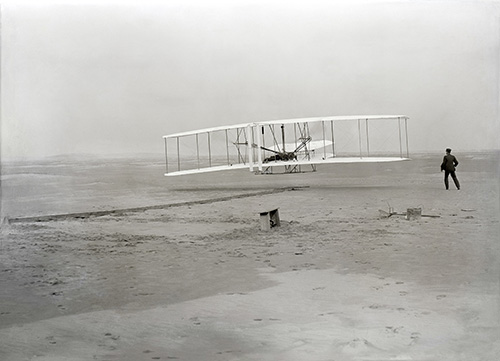


7/5/2023
HERE is a video 0f the completed model.
Here are the pictures:

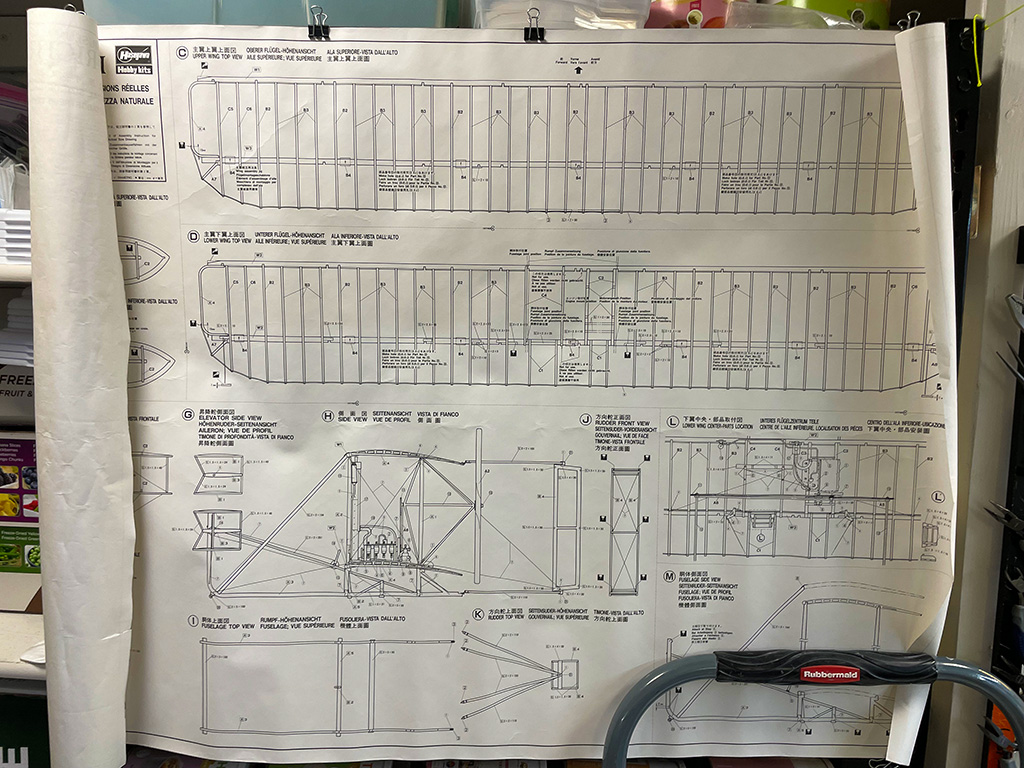

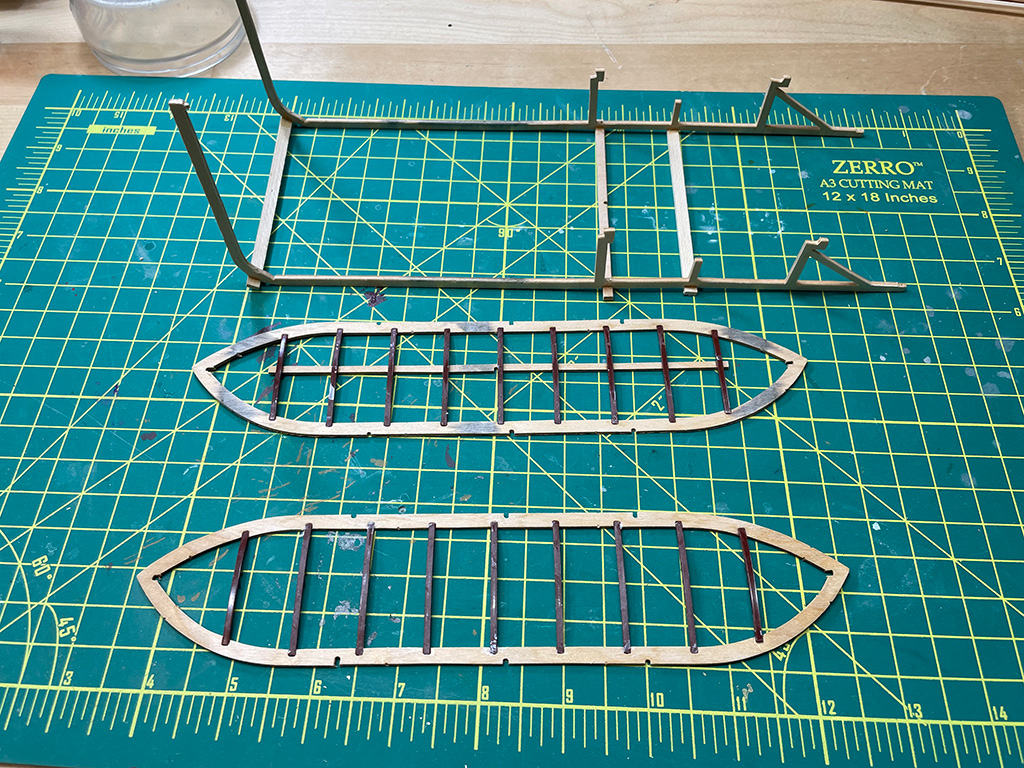
Starting top wing
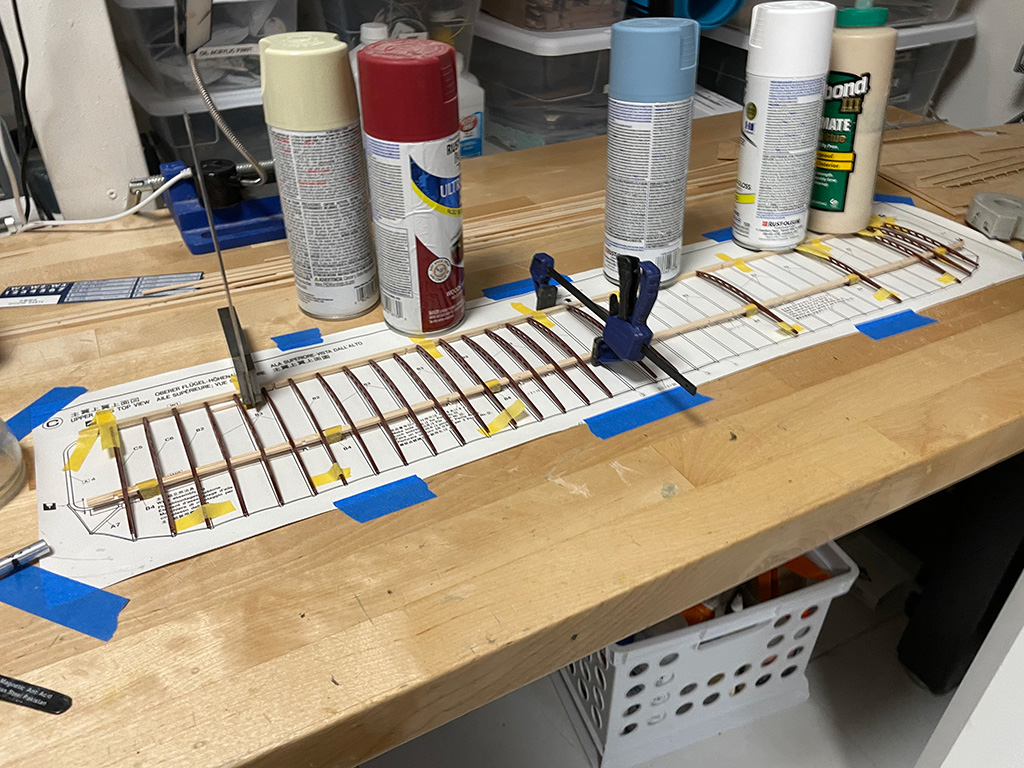



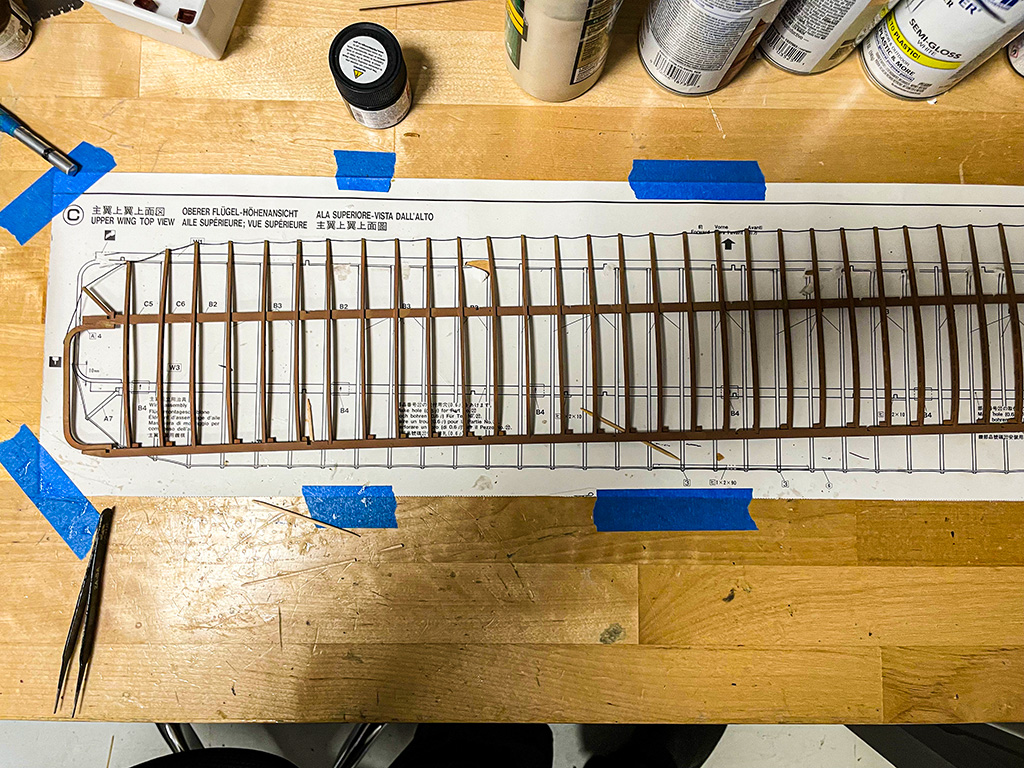
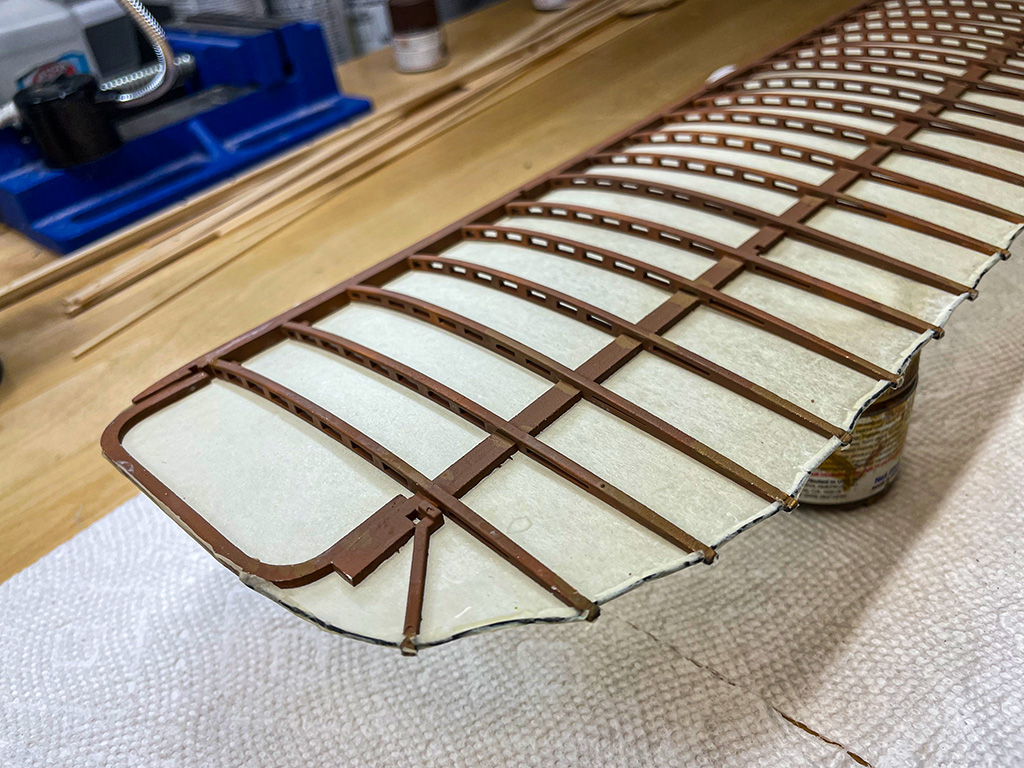
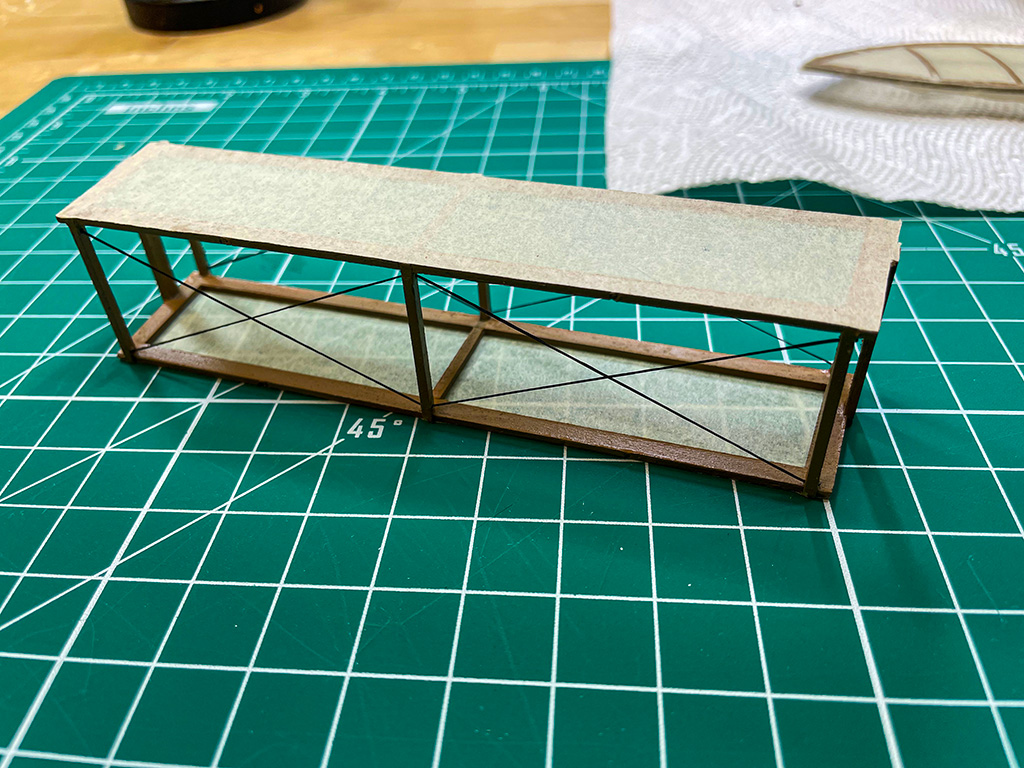

5/22/2023 Top wing skinned.
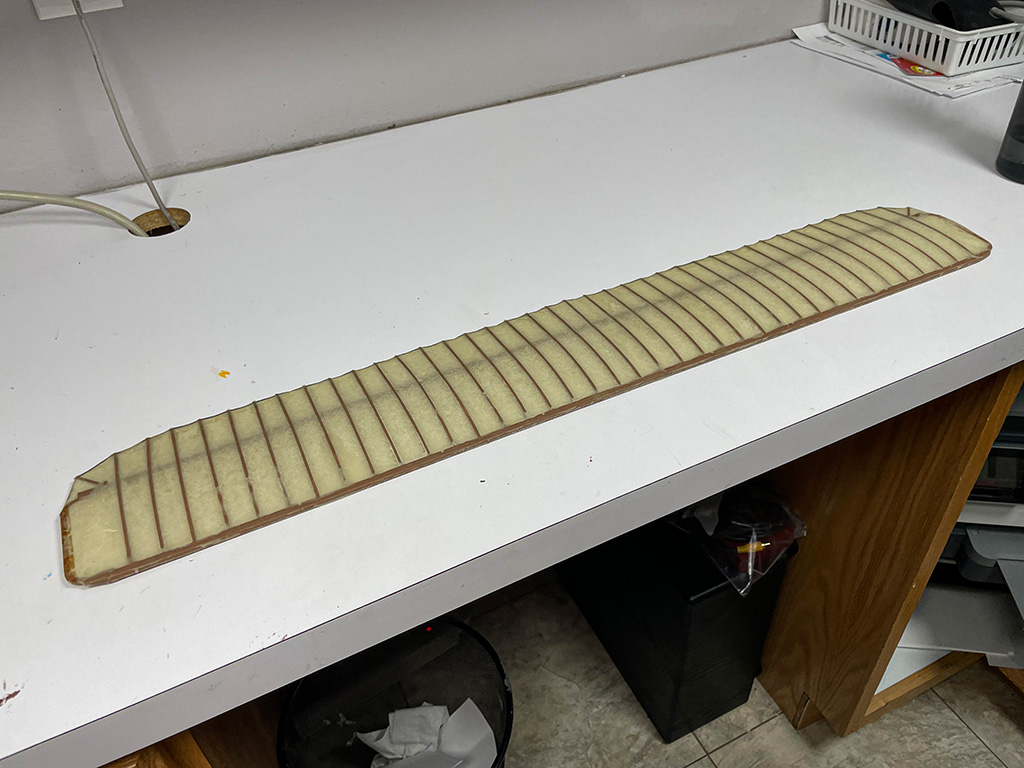
Bottom wing started
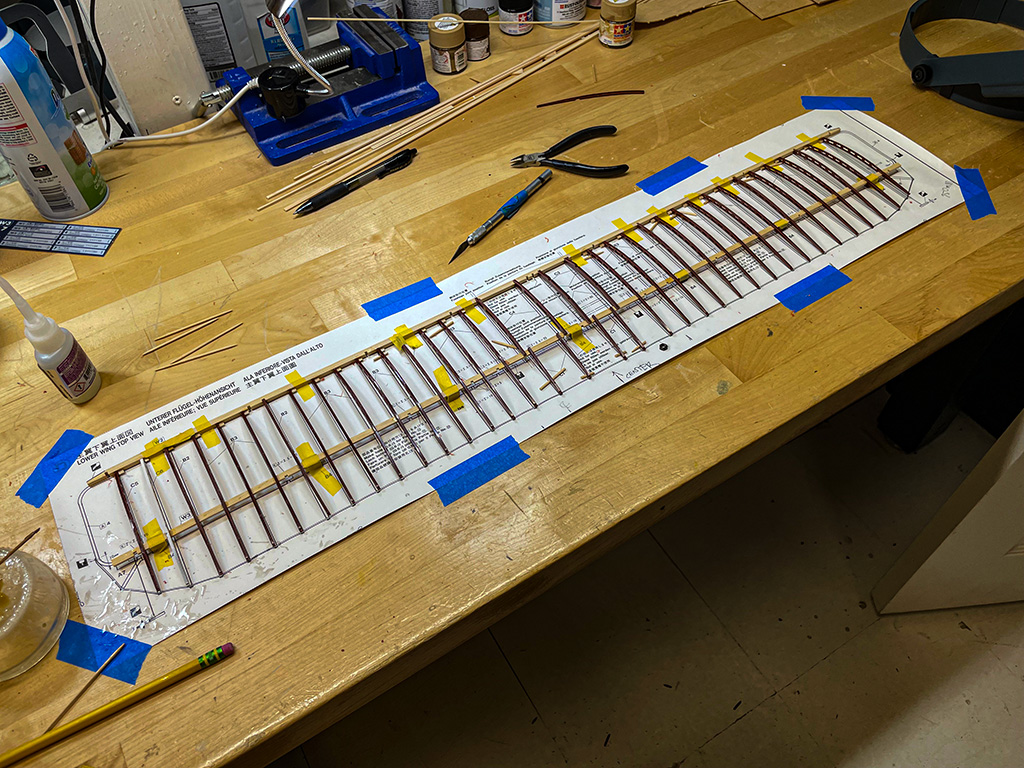
5/23/2023 Bottom wing primed

5/25/2023 Botom wing is ready to cover

5/27/2023

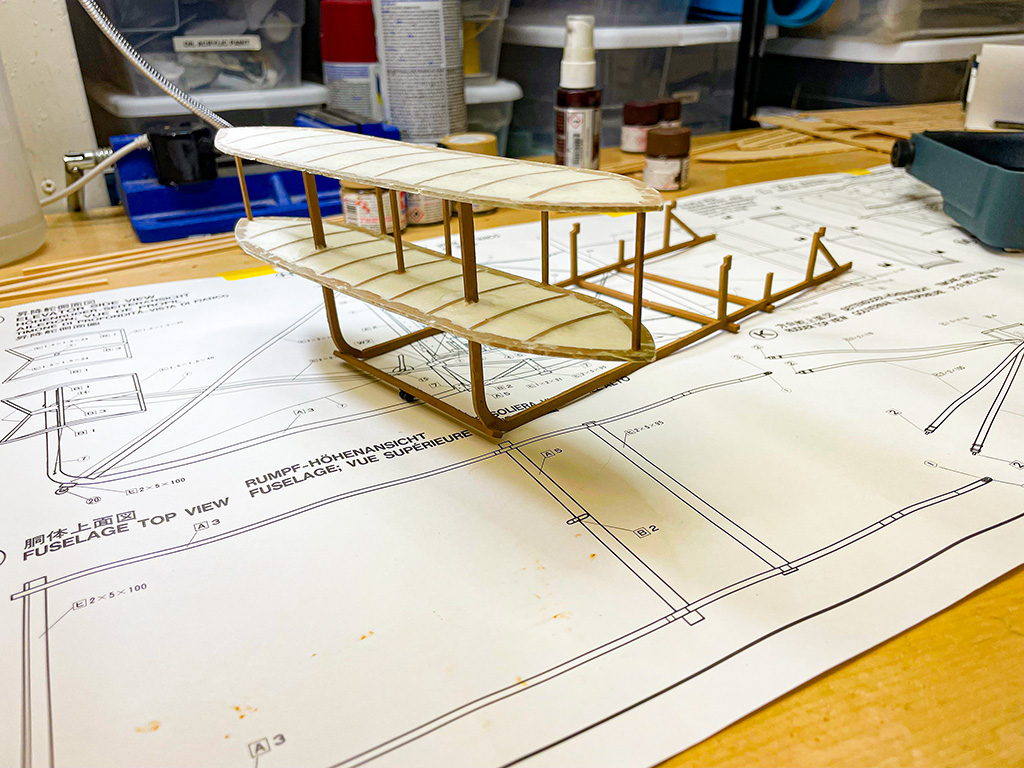
6/4/2024
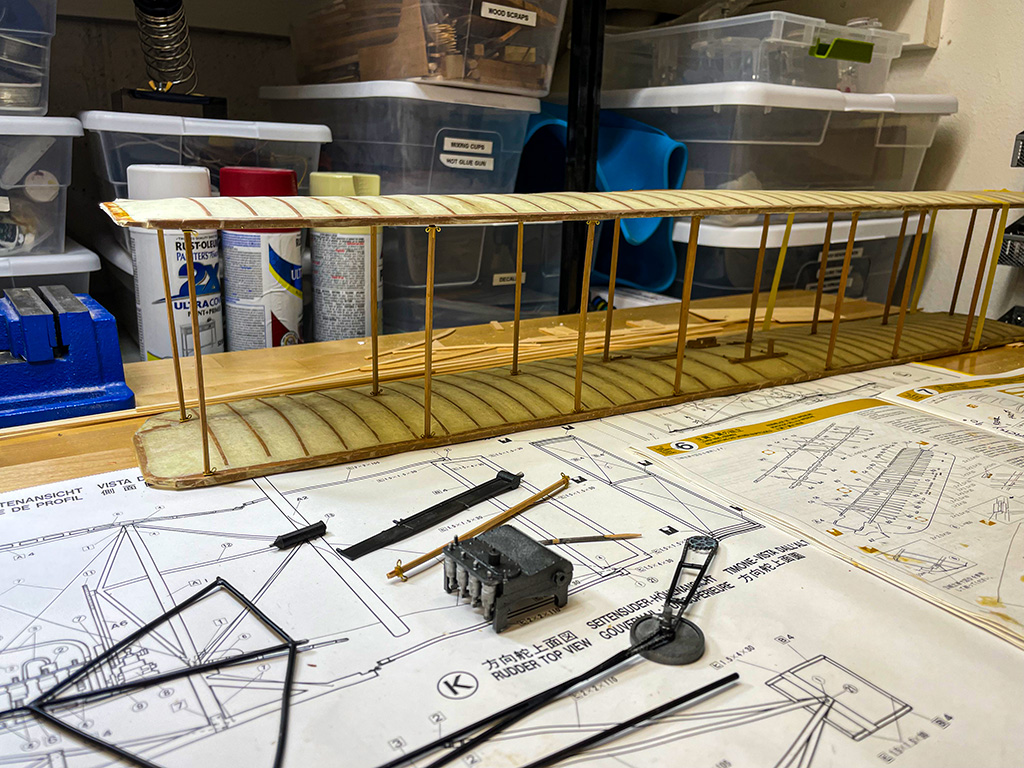



6/9/2023

6/10/2023

6/24/2023


7/1/2023
Here are the pictures of the finiished Wright Flyer:
